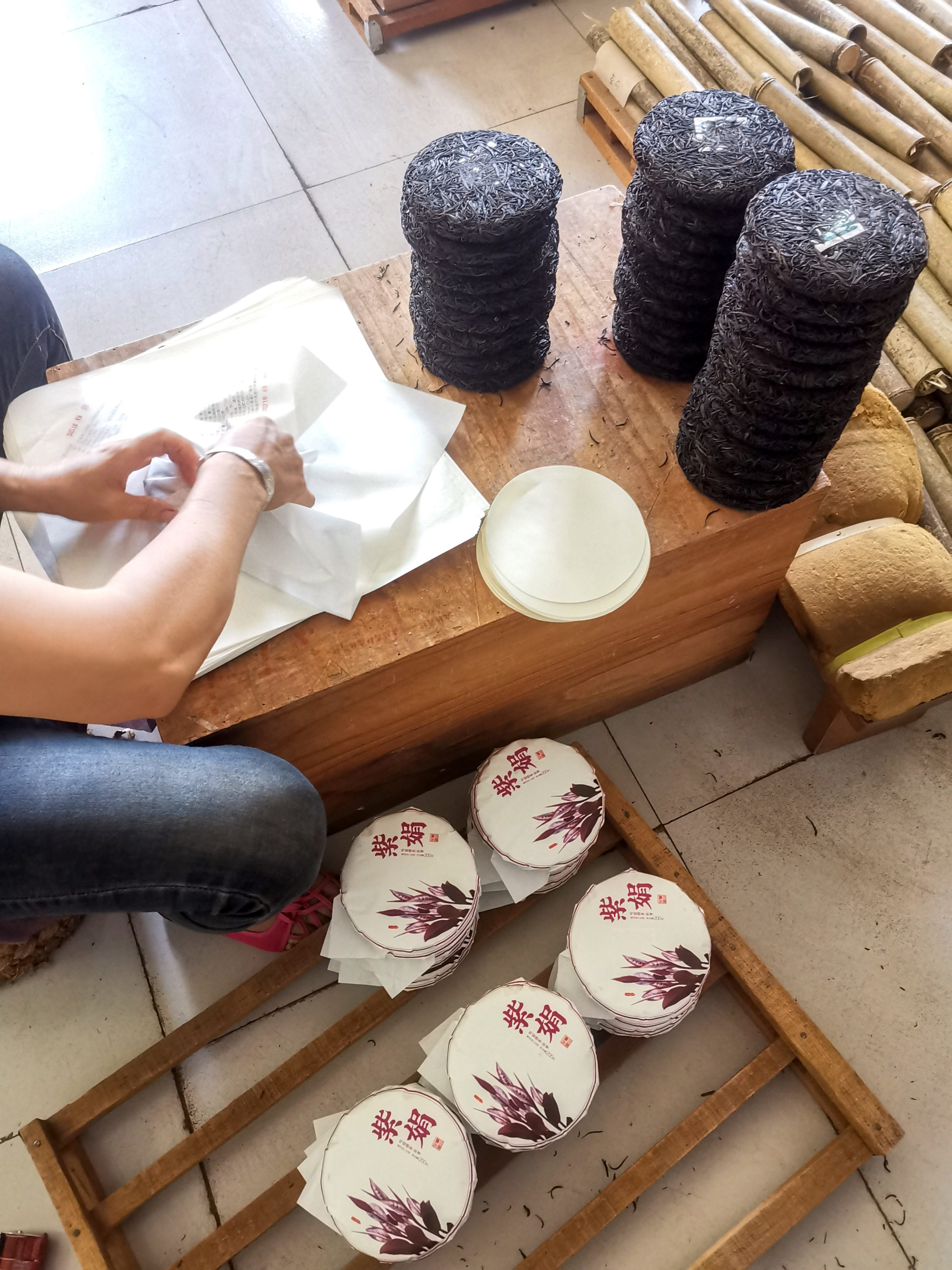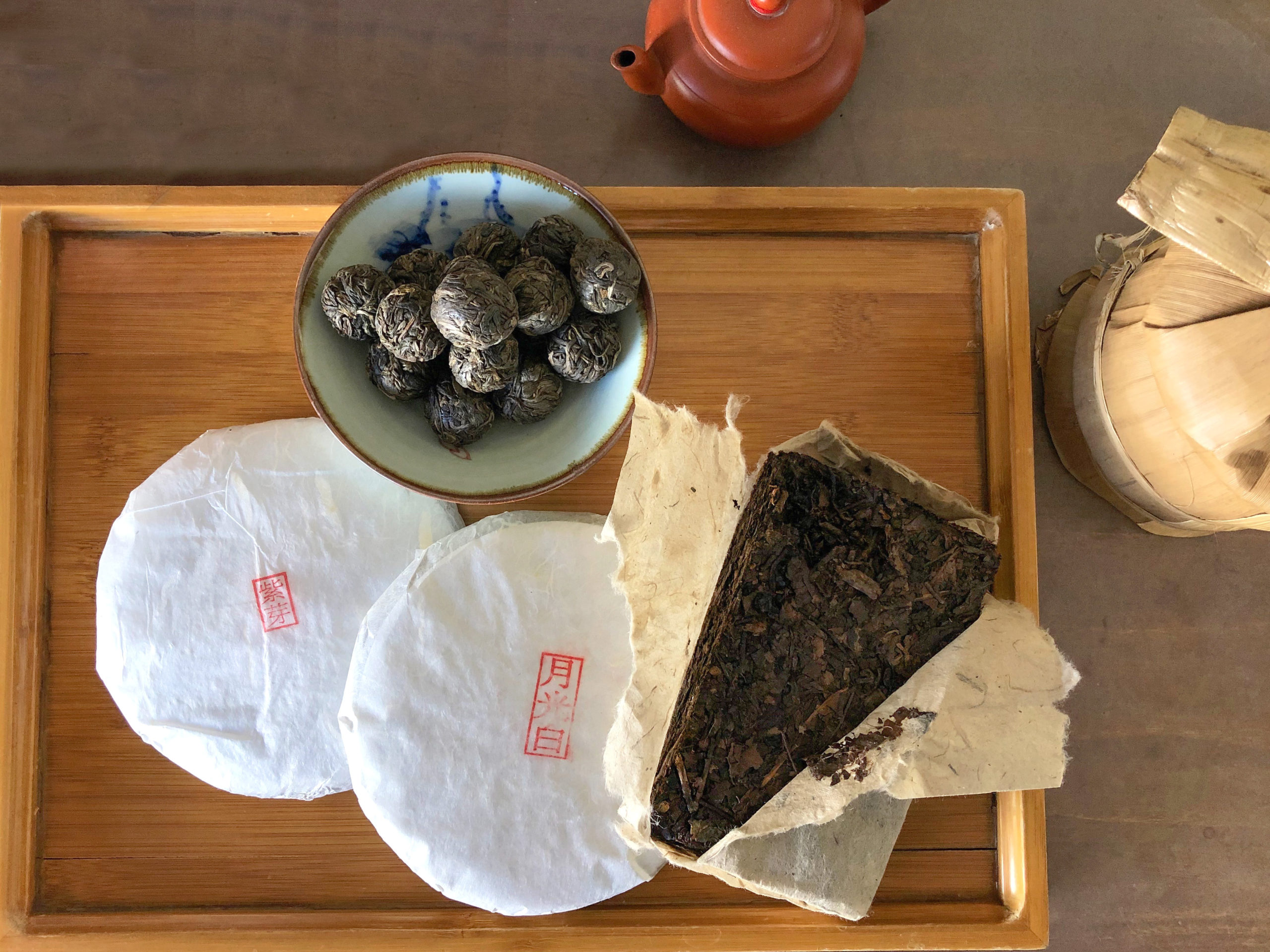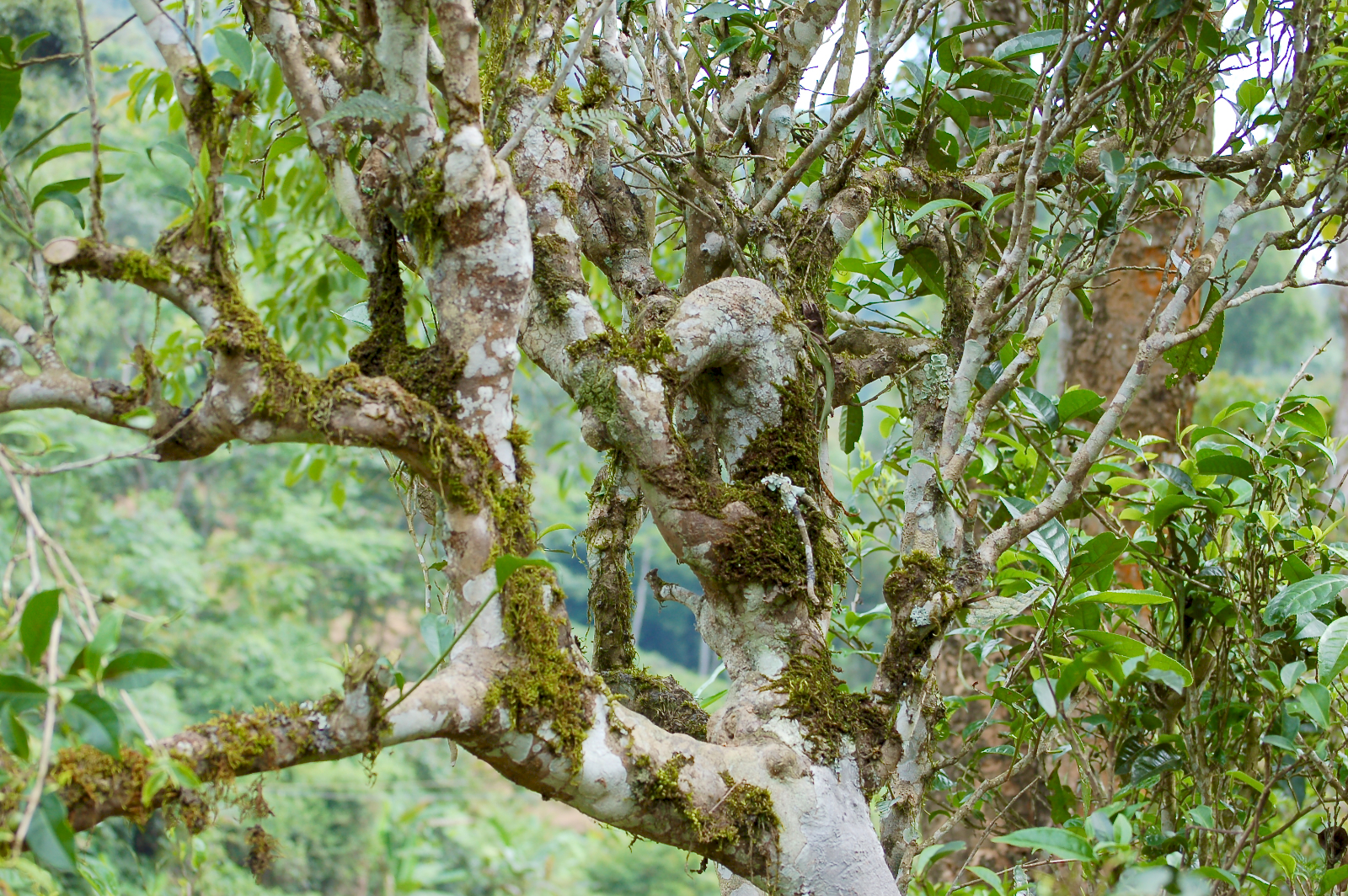Newsletter Archive July 23, 2021

Puer teas stand a world apart from other styles. Their flavors uniquely complex, challenging and delicious. But Puer has only recently become the famous style that has tea enthusiasts worldwide hunting it down to explore its intricacies.
Back in the summer of 2000, Austin found himself exploring Yunnan itself. He stood on the outskirts of Lijiang wearing an orange baseball cap. The hat was the dress code to mark him as a part of the Chaoshan dialect-speaking tour group that a friend from Shantou had signed him up for.
This was years before Austin started Seven Cups. Austin was there scouting for a documentary film, but he was already an avid tea geek, keen to pick up some cakes of puer while he was there. Yet when he snuck away from the tour group to go to tea houses, there wasn’t any puer tea to be found. Yunnan’s Puer Tea wasn’t nearly the industry it is today. It was barely in the local awareness. A visitor was more likely to find gift shops selling green and jasmine tea than a (now iconic) compressed cake of puer tea.

But even at that time, an appetite for this esoteric product had started to take hold among aficionados in Taiwan, Hongkong and Malaysia. Things really started to change for the puer market in the first decade of the 2000s and that pace of change has not slowed since. For Austin, every trip back to Yunnan since then brought a new experience, better roads, better access to tea and tea producers, and better living conditions for rural communities growing tea — all tied into a tea market of increasing prominence and value.
Puer tea has become an ecosystem unto itself, and Yunnan is as dynamic as any tea origin in the world. This weekend’s features give you just a small cross section of the types of tea found under the name “puer” — A fresh single origin sheng puer cake of spring leaves from old trees, a leafy brick of shu a few decades aged, and some young shu (loose and cake) made with new refined processing techniques and unusual varieties.

Teahouse Video Series
Join Chris on YouTube this week to learn more about a few of these puer teas and the person who sourced them for us, Mr. Ran Yijun. He’s brewing up some of 2000’s Jujube brick alongside 2018’s Purple Leaf Palace Puer and comparing the effects of aging and leaf size on the character of these teas.
